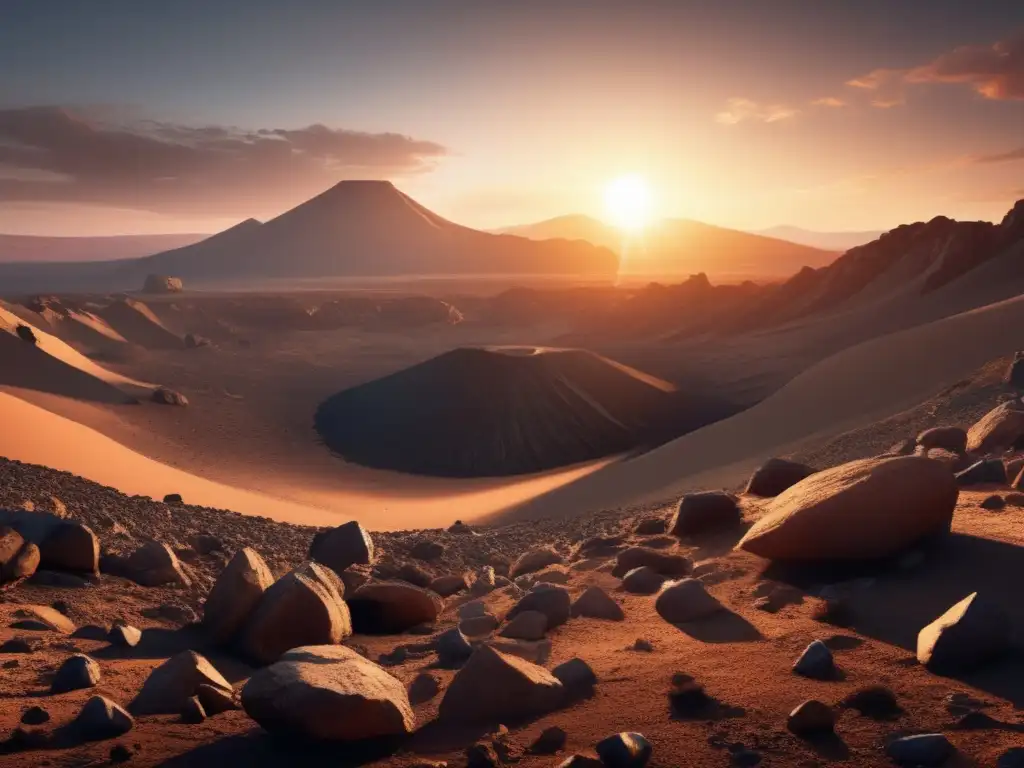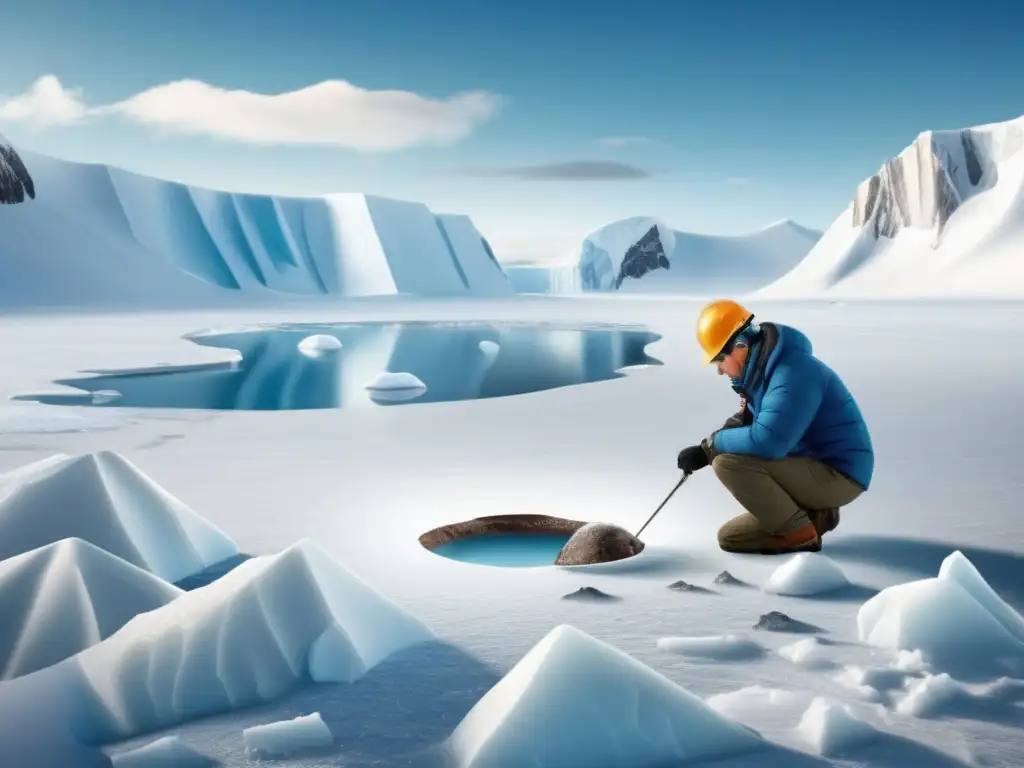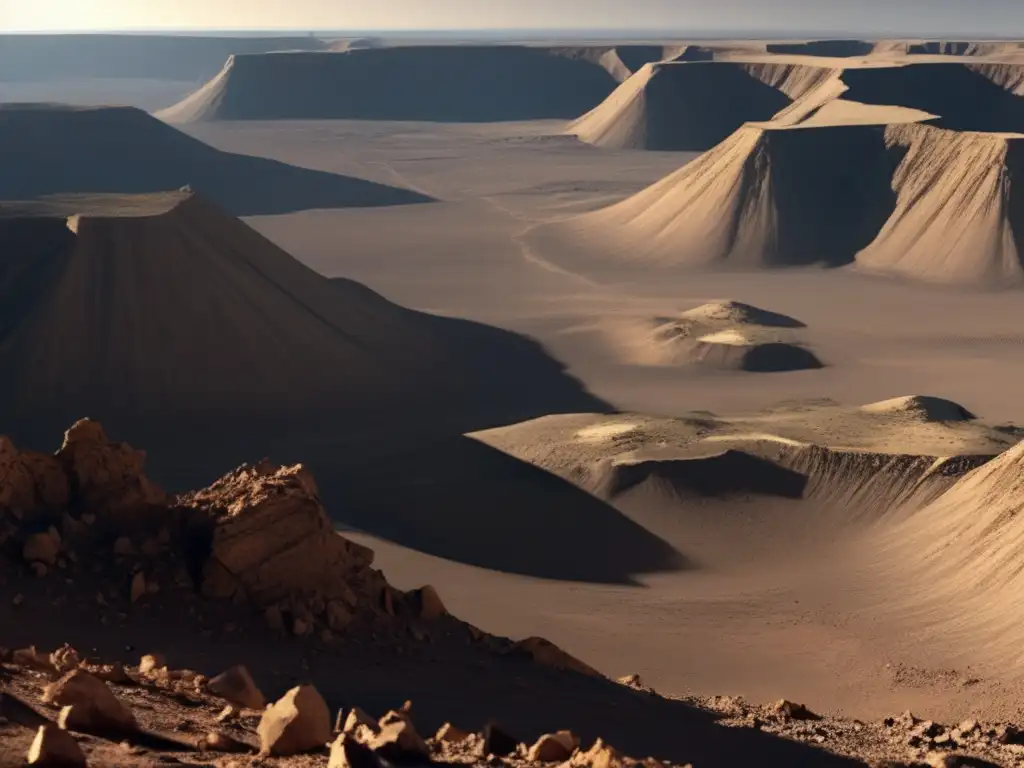Chasing Shadows: The Search For Undiscovered Impact Craters

Introduction
Asteroids have a long-standing history of impacting Earth and leaving a lasting impact. These events have led to the extinction of species, formation of craters, and changing the landscape of our planet. While many impact craters have been discovered by scientists, there are still many more that remain undiscovered. In this article, we'll explore the ongoing search for undiscovered impact craters and how scientists are using technology to track them down.
The Art of Crater Hunting

Using Satellite Imagery
One of the primary methods used to discover new craters is the use of satellite imagery. High-resolution images taken from space can be used to identify specific features that may indicate an impact site. Some of these features include circular structures, distinctive ridges, and raised rims. For example, in 2018, a team of researchers discovered a newfound impact crater beneath Greenland's Hiawatha Glacier by analyzing NASA satellite imagery.
Ground Surveys
In addition to satellite imagery, ground surveys are another method used to detect these elusive craters. Scientists can use equipment like magnetometers and ground-penetrating radar to identify areas where there is a higher likelihood of an impact site. These methods allow scientists to gather detailed information about the subsurface structure before excavating the area to confirm the presence of an impact site.
Exploring Deep Sea Impact Sites
Recent discoveries have also highlighted the importance of deep sea exploration as a means of discovering impact sites. One of the world's largest craters, the Chicxulub impact crater, was discovered off the coast of Mexico in the Yucatan Peninsula and was responsible for the extinction of the dinosaurs. Scientists hope to discover more impact craters in our oceans, which have the potential to be even larger than those found on land due to the lack of erosion and tectonic activity.
Technological Advancements in Impact Site Detection

Lidar Technology
One of the latest technologies that have revolutionized the field of impact site detection is lidar technology. Lidar (Light Detection and Ranging) uses lasers to create a 3D image of the Earth's surface. This technology can penetrate through dense vegetation, making it invaluable when searching for impact sites in areas with heavy forest cover. Additionally, it can produce detailed images of the subsurface, which can help scientists identify the size and shape of an impact crater.
Machine Learning Algorithms
Another recent addition to the field of impact site detection is the use of machine learning algorithms. These algorithms are designed to identify areas with a high likelihood of an impact site based on a set of parameters established by scientists. Using machine learning algorithms, researchers can analyze large amounts of data from satellite imagery and geophysical surveys to identify new impact sites more efficiently than traditional methods.
Frequently Asked Questions

-
Can undiscovered impact sites still lead to damage?
Yes. While most undiscovered impact sites are located in remote or unpopulated areas, there is always a risk that an undiscovered site exists near a populated area.
-
How do scientists know if an impact site has been discovered?
Scientists use multiple methods to confirm the presence of an impact site. Ground surveys and excavation are necessary to determine if the features identified by satellite imagery or geophysical surveys are truly an impact site.
-
What is the most significant impact crater discovered to date?
The Chicxulub impact crater, located off the coast of Mexico, is one of the largest impact craters discovered. It is responsible for the extinction of the dinosaurs and measures over 110 miles (180km) in diameter.
-
Are all impact sites caused by asteroids?
No. Impact sites can be caused by other celestial objects such as comets or meteors.
-
What can studying impact sites tell us about the history of our planet?
The study of impact sites tells us about the history of our planet, including the frequency of catastrophic events like asteroid impacts and how they have affected the evolution of life on Earth.
Conclusion
As technology continues to advance, scientists will undoubtedly uncover more impact sites, allowing us to learn more about our planet's history and the role that asteroids and other celestial objects have played in shaping it. It is essential to continue supporting scientific research and encouraging the development of new technologies that can aid in the discovery of undiscovered impact sites.
Thank you for reading this article. We encourage you to share your thoughts in the comments section and explore more asteroid-related topics on www.asteroidrealm.com.
Additional Resources

- New Groundbreaking Approach to Finding Asteroid Impacts
- Greenland’s Melting Ice Reveals Surprising Hidden Landscape
- The hidden geomorphology of asteroid impact scars beneath the Greenland ice sheet
 Nature's Own Bombs: Asteroids And Their Explosive Impacts
Nature's Own Bombs: Asteroids And Their Explosive Impacts The Science Behind Asteroid Impacts: An Introduction
The Science Behind Asteroid Impacts: An Introduction A History Of Known Asteroid Impacts On Earth
A History Of Known Asteroid Impacts On EarthIf you want to discover more articles similar to Chasing Shadows: The Search For Undiscovered Impact Craters, you can visit the Asteroid Impacts category.
Leave a Reply

Articulos relacionados: